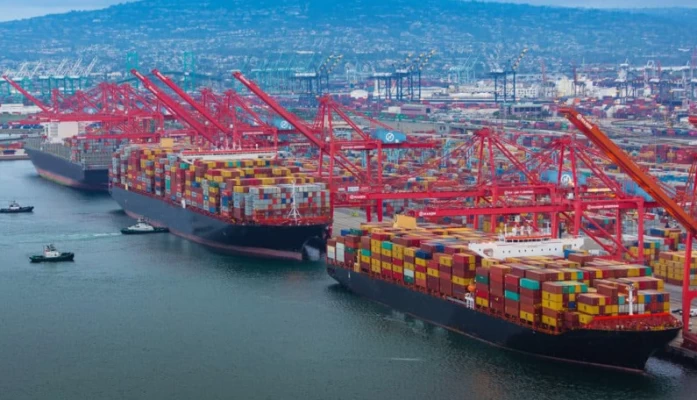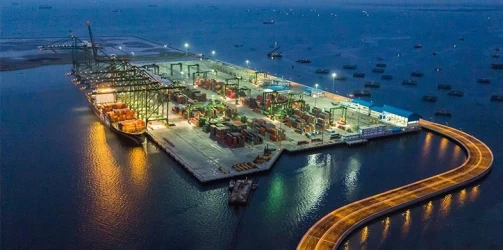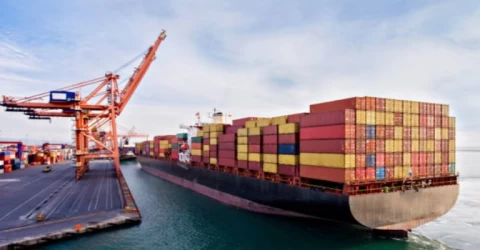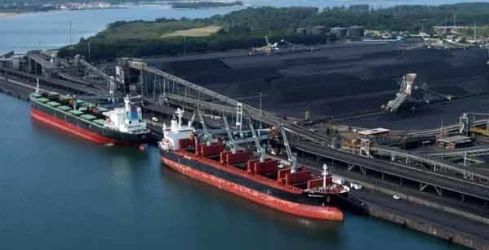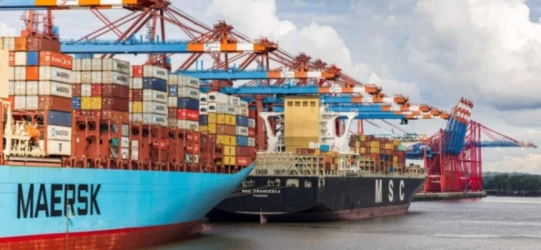Sea freight at the Port of Long Beach
The Port of Long Beach, located in Southern California, is one of the largest and busiest seaports in the United States. As a vital gateway for trade between the U.S. and Asia, it plays a critical role in global shipping and logistics. With its advanced infrastructure, environmental initiatives, and strategic location, the Port of Long Beach is a leader in maritime transportation, contributing significantly to the economy while addressing modern challenges like sustainability and congestion.
Geographical Importance and Strategic Location
The Port of Long Beach is situated on the Pacific Coast, adjacent to the Port of Los Angeles. Together, these two ports form the San Pedro Bay Port Complex, which is the largest container port complex in the Western Hemisphere. Its proximity to major shipping routes in the Pacific Ocean makes it an essential hub for imports and exports, particularly with countries in the Asia-Pacific region. Additionally, the port’s location near major roadways and rail networks provides easy access to key U.S. markets, making it an indispensable link in the global supply chain.
Port Infrastructure and Facilities
Covering 3,200 acres of land, the Port of Long Beach is equipped with state-of-the-art facilities to handle a vast array of cargo, including containers, bulk goods, and liquid commodities. The port has 22 terminals, including some of the most technologically advanced container terminals in the world. Among these is the Middle Harbor Terminal, a highly automated facility that features electric-powered cranes and equipment, designed to maximize efficiency while minimizing environmental impact.
The port also has extensive on-dock rail facilities that enable the seamless transfer of goods from ships to rail, reducing the need for trucks and improving cargo flow. With over 100 miles of rail tracks, the Port of Long Beach is capable of handling the largest ships and containers, ensuring smooth operations even at peak shipping times.
Economic Role and Global Trade
The Port of Long Beach is a major economic engine for the region and the country. It moves more than 8 million twenty-foot equivalent units (TEUs) annually, representing over $200 billion in trade. The port supports hundreds of thousands of jobs in Southern California and across the U.S. in industries like transportation, logistics, warehousing, and manufacturing.
Key trading partners of the Port of Long Beach include China, Japan, South Korea, and Vietnam, with a significant portion of the cargo consisting of consumer goods, electronics, automobiles, and machinery. The port also exports U.S. goods such as agricultural products, chemicals, and industrial equipment to international markets. Its critical role in facilitating trade between the U.S. and Asia makes it an essential player in the global economy.
Environmental and Sustainability Initiatives
The Port of Long Beach is at the forefront of efforts to reduce the environmental impact of maritime transportation. The port has implemented a wide range of sustainability initiatives aimed at reducing air pollution, water contamination, and greenhouse gas emissions. One of the most prominent programs is the Clean Air Action Plan (CAAP), launched in partnership with the Port of Los Angeles. This plan includes measures such as requiring ships to use cleaner fuels, retrofitting cargo-handling equipment to reduce emissions, and electrifying port operations.
The port has also invested in shore power infrastructure, allowing ships to plug into the local electrical grid while docked, rather than relying on their diesel engines. This significantly reduces air pollution, particularly in surrounding communities. Additionally, the port is working to increase the use of zero-emission vehicles and equipment, with a long-term goal of becoming a fully carbon-neutral port.
Technological Innovation and Automation
To remain competitive and handle growing cargo volumes, the Port of Long Beach has embraced technological innovation. Automation plays a significant role in improving operational efficiency, reducing costs, and enhancing safety. The Middle Harbor Terminal, for example, uses automated guided vehicles (AGVs) to transport containers within the terminal, while electric-powered cranes operate with precision and minimal human intervention.
The port is also investing in data-driven technologies to streamline logistics and improve cargo flow. Real-time tracking systems and advanced analytics help port operators and shipping companies monitor cargo movement, optimize routes, and reduce delays. These innovations ensure that the Port of Long Beach remains at the cutting edge of the global shipping industry.
Challenges Facing the Port
Despite its many strengths, the Port of Long Beach faces several challenges. One of the most pressing issues is congestion, particularly during peak shipping seasons. The port often experiences long wait times for ships to dock and unload cargo, which can lead to delays in the supply chain. This issue was particularly evident during the COVID-19 pandemic, when a surge in online shopping and disruptions in global shipping caused significant backlogs at the port.
Another challenge is the increasing size of container ships. Modern vessels are larger than ever before, requiring deeper berths and more sophisticated handling equipment. While the Port of Long Beach has invested in infrastructure to accommodate these mega-ships, it must continue to upgrade its facilities to keep pace with the demands of global trade.
Future of the Port of Long Beach
The future of the Port of Long Beach looks promising, thanks to continued investments in infrastructure, technology, and sustainability. The port has several expansion projects underway, including the construction of new terminals and the deepening of shipping channels to accommodate larger vessels. These projects will enhance the port’s capacity and improve its ability to handle the growing volume of international trade.
Furthermore, the port’s commitment to environmental sustainability will likely position it as a global leader in green shipping practices. As the shipping industry moves towards reducing its carbon footprint, the Port of Long Beach’s initiatives in clean energy and zero-emission technology will serve as a model for other ports around the world.
Conclusion
The Port of Long Beach is a vital hub for global maritime transportation, playing a key role in facilitating trade between the U.S. and the world. With its advanced infrastructure, technological innovations, and focus on sustainability, the port continues to evolve to meet the challenges of the modern shipping industry. As it expands and embraces new technologies, the Port of Long Beach is poised to remain one of the most important seaports in the world, driving economic growth while addressing environmental concerns.
If you have any specific questions or need further assistance, feel free to ask!

